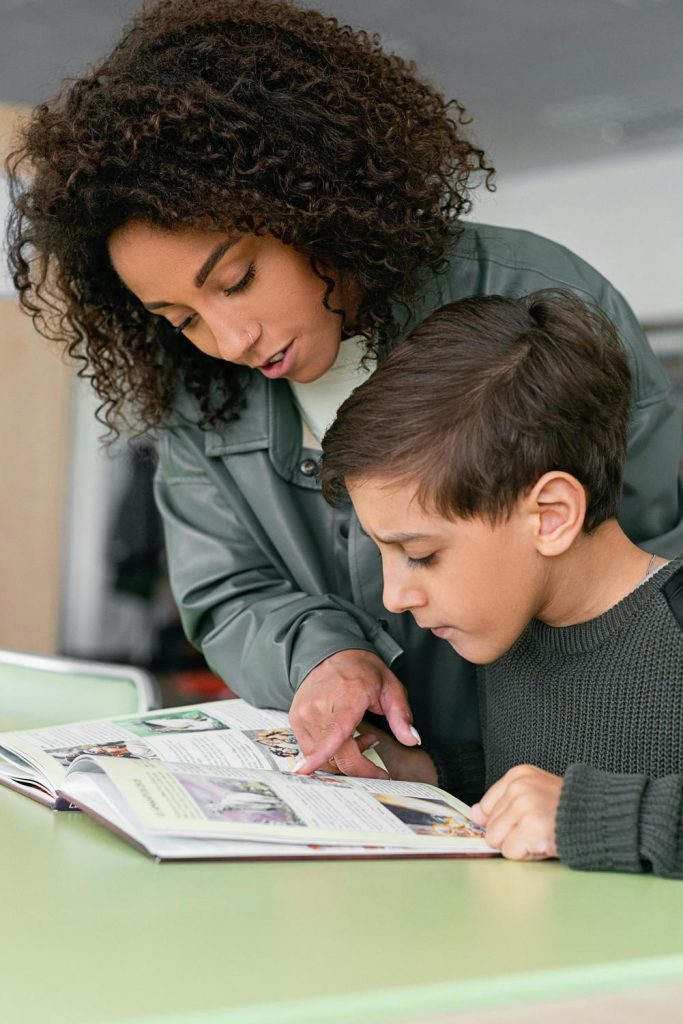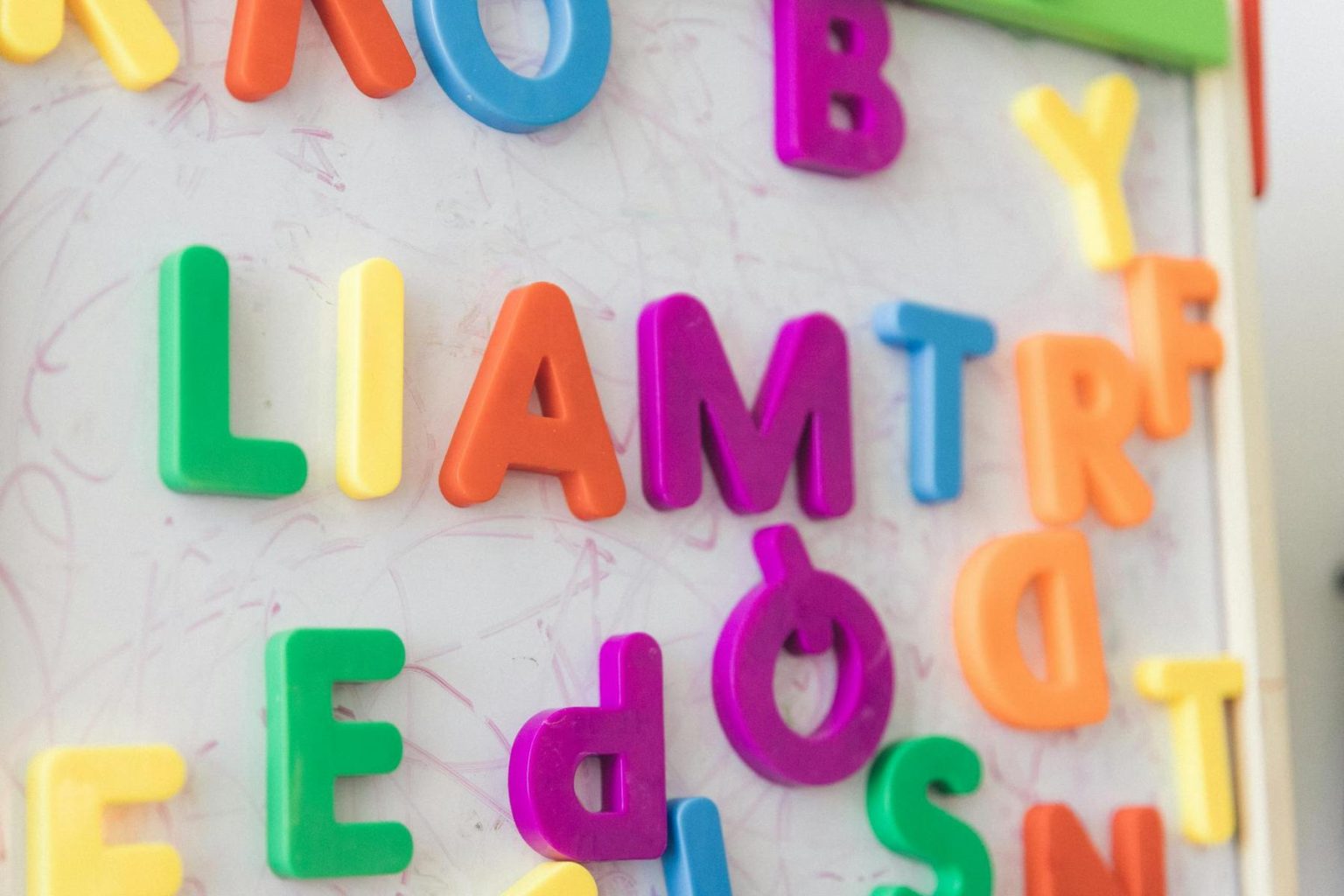
Reading Fluency: Why It Matters and Techniques to Improve It
When your child brings home their reader and struggles through each sentence—pausing awkwardly, reading without expression, or losing track of…

Every night across Southeast Queensland, countless parents in suburbs from Cleveland to Capalaba watch their children struggle with homework that should take minutes but stretches into hours of tears and frustration. The child who can solve complex maths problems or create elaborate stories orally suddenly becomes overwhelmed when asked to read a simple sentence or spell familiar words. For families in Alexandra Hills, Ormiston, and throughout the Redlands, this scenario is all too familiar—and it’s not about intelligence or effort.
Recent analysis of Australia’s 2024 NAPLAN results reveals that 30% of students nationwide fail to meet reading proficiency benchmarks, highlighting a persistent literacy challenge that affects children across all socioeconomic backgrounds. However, emerging research into multisensory learning techniques offers hope for struggling readers, particularly those with dyslexia and related learning differences.
Multisensory learning techniques engage multiple sensory pathways simultaneously—visual, auditory, and kinesthetic-tactile—to reinforce reading and spelling skills. Unlike traditional approaches that might focus primarily on sight or sound, these methods recognise that struggling readers often need information presented through multiple channels to form strong neural connections.
The neurological foundation is compelling: functional MRI studies demonstrate that skilled reading requires coordinated activation across three key brain regions. These include the occipito-temporal visual word form area for letter recognition, the temporo-parietal junction for phonological processing, and the inferior frontal gyrus for semantic integration. For children with dyslexia, these connections are often weakened, particularly in the left-hemisphere pathways crucial for phonological decoding.
Multisensory instruction compensates by creating what researchers call “redundant neural pathways.” When a child traces sandpaper letters while simultaneously saying the sound and seeing the visual form, they’re activating motor cortex, auditory processing areas, and visual regions together. This triple encoding means that if one pathway is compromised, others can provide compensatory support.
The Orton-Gillingham approach exemplifies this methodology, with Australian adaptations like MULTILIT demonstrating effect sizes of 0.82 on nonword decoding—a remarkably strong result in educational research. Key components include simultaneous oral spelling, where students vocalise phonemes while engaging in tactile letter formation, and morpheme segmentation using colour-coded visual supports.
Traditional reading instruction often follows a sequential model: first children learn letter names, then sounds, then blending—each skill building upon the previous one. However, this approach assumes that all children’s brains process information in the same linear fashion, which research increasingly shows is not the case.
Children with dyslexia, developmental language disorder, or other learning differences often exhibit what’s known as “uneven cognitive profiles.” They might excel in comprehension and vocabulary but struggle with phonological awareness—the ability to hear and manipulate the individual sounds in words. Alternatively, they might decode accurately but read so slowly that meaning is lost.
Analysis of 142 Australian primary schools found that only 29% fully align their phonics instruction with multisensory principles. Common barriers include temporal mismatches where schools teach letter-sound relationships in isolation before introducing blending, contradicting the simultaneous integration that struggling readers need.
Furthermore, many assessment tools emphasise comprehension over the foundational decoding skills that multisensory approaches specifically target. This creates a gap where children’s progress in phonological processing—often the first area to improve with intervention—may go unrecognised.
The power of multisensory learning techniques lies in their adaptability to different learning profiles. Unlike one-size-fits-all approaches, these methods can be tailored to match each child’s strongest sensory channels while simultaneously strengthening weaker ones.
| Learning Profile | Multisensory Adaptation | Expected Outcomes |
|---|---|---|
| Strong visual, weak phonological | Air-writing with verbal sound production | Improved sound-symbol connections |
| Strong auditory, weak visual | Rhythm-based spelling with tactile letters | Enhanced orthographic memory |
| Strong kinesthetic, weak auditory | Movement-based phoneme activities | Strengthened phonological awareness |
| Processing speed challenges | Extended tactile tracing with self-pacing | Improved automaticity and fluency |
For children who struggle with working memory—common in those with learning differences—multisensory techniques reduce cognitive load by distributing information processing across multiple brain systems. Instead of trying to hold letter sequences in memory while simultaneously accessing sounds, children can rely on muscle memory from letter formation to support recall.
Longitudinal studies reveal particularly encouraging results when intervention occurs before age 8, with intensive multisensory approaches inducing structural changes in the arcuate fasciculus—the white matter tract connecting language areas. However, adolescents still achieve significant improvements when programs incorporate advanced morphological analysis appropriate to their developmental stage.
The success of multisensory learning techniques in Australian contexts reflects both their scientific foundation and practical adaptability. Queensland’s Reading Commitment, which allocates significant funding for structured literacy approaches, demonstrates governmental recognition of these methods’ evidence base.
Technology integration has enhanced traditional multisensory approaches, with tablet-based programs using haptic feedback showing particular promise for students in areas like the Redlands where access to specialist services may be limited. A 2024 trial in regional Queensland found that students using vibration-cued letter formation improved pseudoword reading accuracy by 41%.
However, implementation success depends critically on teacher preparation. Despite 73% of Australian teachers encountering students with reading difficulties weekly, only 12% report confidence in delivering structured literacy interventions. The National Teacher Workforce Action Plan addresses this through funding for specialist certification, recognising that effective multisensory instruction requires specific training rather than intuitive application.
Successful programs also emphasise explicit instruction—teaching students not just what to do, but why and how their brain processes information. This metacognitive component helps children understand their learning differences as neurological variations rather than deficits, building confidence alongside skill development.
While specialised intervention requires professional guidance, families can incorporate multisensory principles into daily activities to support their child’s literacy development. The key is consistency and patience rather than intensity—brief, regular practice sessions are more effective than lengthy, infrequent ones.
Simple activities like having children trace letters in sand, salt, or textured materials while saying sounds aloud can reinforce classroom learning. Magnetic letters on the refrigerator allow kinesthetic manipulation during spelling practice, while colour-coding different syllable types helps children visualise word structure.
For families in suburbs like Capalaba, Thornlands, or Wellington Point, incorporating multisensory elements into car trips or beach visits can make learning feel natural rather than remedial. Spelling words in the sand with fingers, or identifying phonemes in environmental sounds, extends learning beyond formal instruction time.
However, it’s crucial that home activities complement rather than replace professional intervention. Multisensory approaches are most effective when implemented systematically, with careful attention to skill progression and individual learning needs.
The evidence for multisensory learning techniques continues to strengthen, offering hope to families whose children have struggled with traditional reading instruction. These approaches recognise that learning differences aren’t obstacles to overcome but variations that require different teaching methods.
For children in Southeast Queensland communities, from the island schools of North Stradbroke to the growing suburbs of Springwood and Carindale, multisensory techniques represent not just an educational intervention but a pathway to confidence and academic success. When children understand how their unique brains learn best, they can harness their strengths while building skills in challenging areas.
The neuroplasticity research is particularly encouraging—the brain’s capacity for change means that with appropriate intervention, children can develop the neural pathways necessary for skilled reading. Early identification and intervention remain ideal, but the evidence shows that it’s never too late to support a struggling reader.
Most children begin showing progress within 6-8 weeks of consistent multisensory instruction, with significant improvements typically evident after 3-4 months. However, timelines vary based on individual learning profiles, severity of difficulties, and consistency of intervention.
No, multisensory learning techniques benefit all struggling readers, including those with developmental language disorder, processing speed challenges, or those who haven’t responded well to traditional instruction methods. They’re also effective for English language learners.
Absolutely. While earlier intervention is ideal, adolescents and adults can still achieve significant improvements through multisensory approaches, particularly when programs include morphological analysis and advanced word study appropriate to their developmental level.
Signs include persistent difficulty with phonics despite instruction, slow or laboured reading, frequent spelling errors, difficulty remembering sight words, or avoidance of reading tasks. A comprehensive assessment can identify specific areas where multisensory approaches would be most beneficial.
Multisensory techniques specifically engage visual, auditory, and kinesthetic-tactile pathways simultaneously, creating multiple neural connections for the same information. This differs from interventions that might use games or technology but don’t systematically integrate sensory modalities for encoding literacy skills.